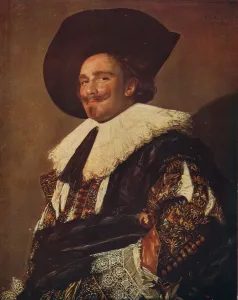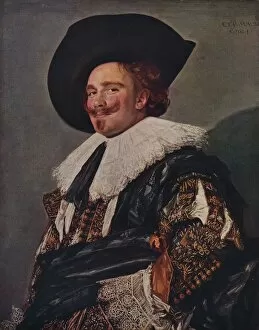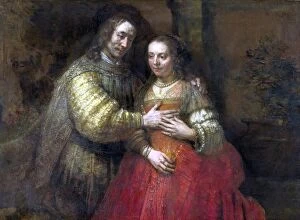Dutch Golden Age Collection
The Dutch Golden Age, a period of immense cultural and economic prosperity in the 17th century Netherlands, is beautifully captured through various masterpieces
All Professionally Made to Order for Quick Shipping
The Dutch Golden Age, a period of immense cultural and economic prosperity in the 17th century Netherlands, is beautifully captured through various masterpieces. One such iconic painting is "The Laughing Cavalier" by Frans Hals. Painted in 1624, this portrait exudes confidence and charm as the cavalier's laughter echoes through time. Another work by Hals that showcases his mastery is "Woman with a Child in a Pantry. " Created between 1656-1660, this oil on canvas piece depicts a domestic scene filled with warmth and tenderness. Gerrit van Honthorst's "Childhood of Christ, " painted around 1620, captures the innocence and purity of Jesus' early years. The artist skillfully uses light to illuminate the holy family amidst darkness. Moving beyond portraiture, we encounter Jan van der Heyden and Adriaen van de Velde's collaborative masterpiece titled "Stone Bridge. " This landscape painting from 1660-1672 portrays an idyllic scene where nature meets human ingenuity. "The Jewish Bride" by an unknown artist from around 1667 offers an intimate glimpse into marital bliss within the Jewish community during this era. The tender embrace between husband and wife radiates love and devotion. A historical event comes alive in Rembrandt's monumental work called "The Conspiracy of the Batavians under Claudius Civilis. " Painted circa 1666, it depicts rebellion against Roman rule with vivid details that transport viewers back to ancient times. Pieter Jansz Saenredam presents us with a serene view of Judea, Siam's capital city during c. 1662-3. Through his meticulous brushwork on canvas, he invites us to explore its architectural wonders bathed in golden light. In contrast to these peaceful scenes stands Willem van de Velde the Younger's dramatic depiction of naval warfare - "The Battle of Chatham" from 1667.
















































